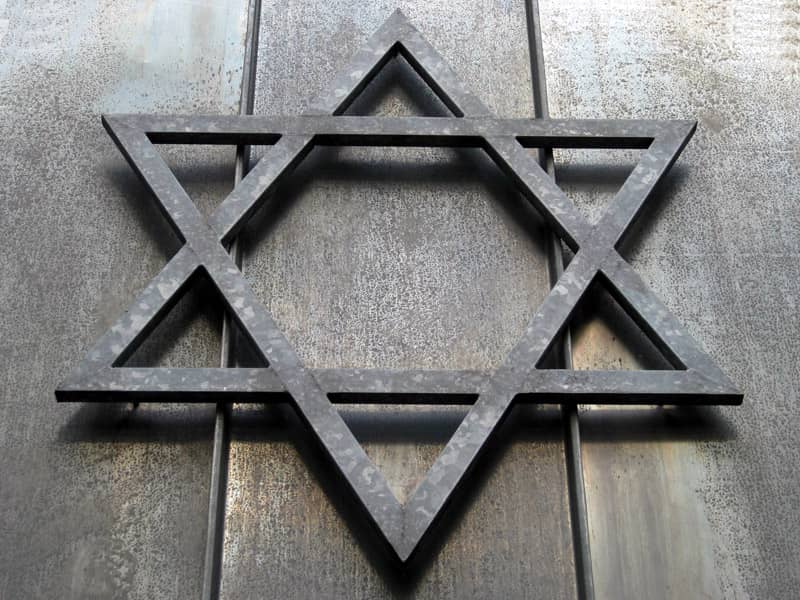The first goat was in a town called Snake Mother in Himachal Pradesh in India. As our driver was bouncing us, hurtling us, down the road--you don't drive in India, you hurtle--I glimpsed a sign: a black snake outlined in white. I asked about it. That's the cobra temple, the driver, Vijai, said.
I asked if we could stop, and he agreed.
I got out, and we walked along a dirt path away from the road. I thought: cobra temple. We're going to see a big snake in a basket, a guy with a long flute. When we got to the temple, there was no cobra. The whole point of the temple was that there is no cobra. The temple is working very well, thank you, keeping the cobra happy, keeping cobras far away. In fact, offering sugar, salt, rice, dye, and dhoop (incense) will keep you from being bit by a cobra. Seems to be working fine.
Make an offering--rupees in a jar--light some incense, receive some rice crackle, bow, and get a handful of water to drink and throw over your head. Incense is burning, you ring a big bell if you make an offering, and a lady comes up and marks your forehead with dye. I get a red streak followed by an orange dot, a nice exclamation point. All very nice, all very sweet.
But my friend David, standing to one side, crooks his finger. I walk over and he points to a metal bucket. Inside the bucket is the head of a goat.
No religion without sacrifice, I think. It's spring, season of young goats. As if on cue, stage left, under the Coke sign, a man in a moustache holding a red flag leads a procession. He's followed by kids (the human kind), and he's got a goat. A white goat with a splash of red paint on his face. Next up.
I notice near the temple a pile of red flags. Many flags. Many goats to follow.
There's an impromptu market on the narrow path that the drivers make terrible with their wrath--honking and scattering monks and nuns, backpackers young and old--driving up and down a narrow lane, defeating peace with the urge get to the next destination. The stalls along the side sell everything from heaven to earth, from silk holy paintings to toilet paper--and in between, there's the chai stall, where a man squats with burning tea, alongside two meat stalls. One day, goat day, I see the carcasses hanging there, and I realize I don't ever want to eat meat.
Lots of people are buying goat. Hindu folks, also Tibetans. Most people think all Buddhists are vegetarians, but Tibetan Buddhists are not. Even the Dalai Lama eats meat-- his doctors advise it for his health. In old Tibet, a plateau at 20,000 feet, a vegetarian diet would be Slimfast in a hurry. The staple is barley, but the supplement is yak.
Anyway, I passed those goats every day. First they hung there, little brown corpses strung up. Then each day pieces got hacked off. This is the stuff that usually takes place behind the scenes, in the back of the grocery store where you shop, or in the horrendous slaughterhouses described brilliantly in Eric Shlosser's book "Fast Food Nation." Here, though, they were out in the road, getting hacked and torn to pieces.
Maybe it was the flies. Maybe it was the day I heard a sound of tearing, and saw the butcher clumsily twisting a leg and pulling it off, then wrapping it in paper. Maybe it was the kidneys hanging like brown patties inside the carcass. Maybe it was all of those things--and the head of the goat in the metal bucket.
We have sacrificed enough animals.
What really clinched it for me was a Washington Post article with a dateline of Palestine, Texas, about meat packing on an assembly line. With the growth of fast food, we are causing a speed-up on the "disassembly line," where cattle are stunned, hoisted, knifed, gutted, chopped, and hacked by underpaid, under-insured immigrant workers. Only the stunning isn't going the way it's supposed to. I read the story, I saw the video. Animals getting their hoofs hacked off, flinching. Animals getting the knife, blinking. Animals hacked apart while they're still alive. I just can't participate any more.
Forget that the animals are contaminated in excrement. Forget that when they die like that the hormones flood through the meat and we are eating that. Just look at the video and look at the animal blinking. (Read the article.)
Keeping kosher--the Jewish laws around food--makes a very good start. Kashrut, the laws of keeping kosher, has focused on how animals are slaughtered. Its rules mandate sharp knives, swift and skilled execution. A kosher animal is not killed like the animals in Palestine Texas, to be sure.
And kashrut will keep you from eating McDonald's or Burger King. It will keep you out of the fast food world. Kashrut will keep you from many of the cruelties of industrialized meat production. Kashrut is a good start, but it is no longer enough.
Killing animals to eat them just isn't kosher any more, in my book.
No more.
We have sacrificed enough animals. That's what the goat in the bucket said.

